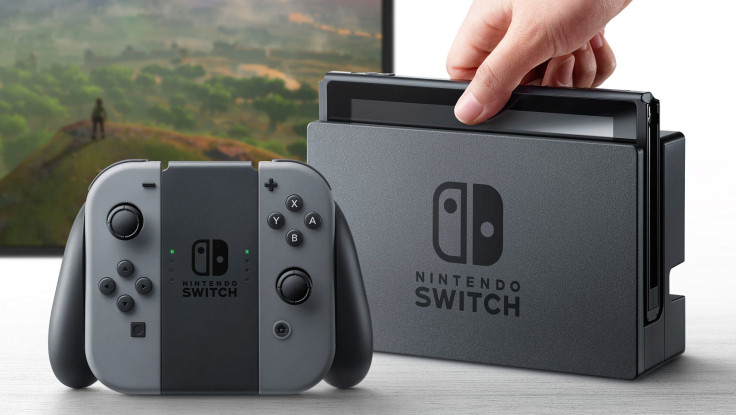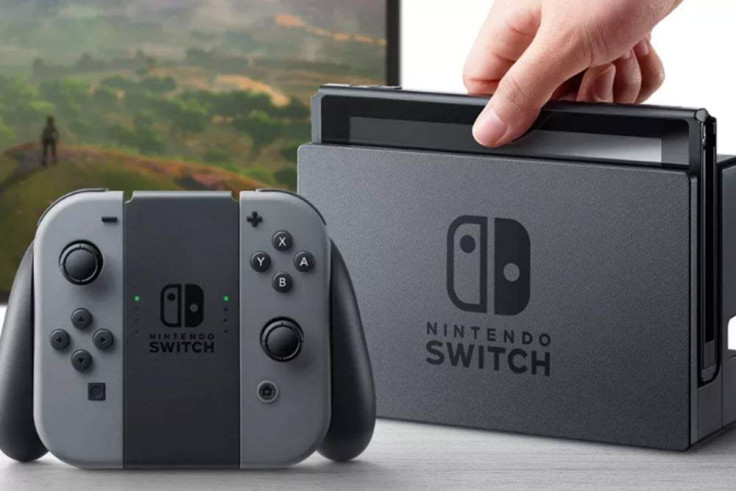The Nintendo Switch is coming out in March 2017 and much about the console/handheld hybrid remains a mystery—from its launch lineup to its exact release date to its price. And that last one, the Nintendo Switch price, is going to truly matter—not just for all of us, but for Nintendo. The company has a lot riding on the Switch, formerly known as the Nintendo NX, and it has to walk a delicate tightrope with pricing. It could be the system’s biggest pitfall—or its biggest advantage.
Nintendo Switch Price: A Fair Price Or A Likely Price?

At launch, the Wii U ran for a smoky, spicy $350—$100 more than the Wii’s original price, and far more devastatingly, a negligible $50 less than the launch price of the PlayStation 4, which launched the following year. By the time the Wii U had a lot of great games coming out for it, there was another system that cost just a little bit more, but had a lot more potential. Plus, the hardware gimmick of the Wii U never caught on, not even within Nintendo, and so the system languished. Now, Wii U production is ending. Sadly, the console had a pretty dismal run (from a business perspective), and Nintendo certainly knows it.
That’s why the Nintendo Switch price is so critical. Right now, the PS4 Pro runs for $400, with a regular PS4 still running for around $300. Xbox Ones also go for $300, and we don’t have pricing for Scorpio yet. The New Nintendo 3DS, Nintendo’s most modern handheld, runs for $200.
The Nintendo Switch needs to fall in between those numbers or it’s going to fail. It simply can’t debut at a $400 price point, the same as the far more powerful PlayStation 4 Pro. Even debuting at $350, the Wii U’s price point, seems a little iffy. That’s more expensive than the standard PlayStation 4, which has better graphics and a huge variety of games.
Of course, only the Nintendo Switch is a console and a handheld baked into one. Unlike the Wii U’s GamePad, that really is a pretty killer feature—even if the system doesn’t have fully modern graphics, or anything particularly close. Still, $350 is a spicy price for a handheld (smartphone prices notwithstanding!). The backlash against the initial Wii U price should serve as a warning to Nintendo—no matter how cool the company thinks its killer feature is, the people will bellyache about graphics and prices.
If Nintendo can swing a $300 price point for the Nintendo Switch, and there’s no way it’ll go lower than that, then the company has a real shot to make the Switch into a serious competitor to its rivals. Or, rather, an additional device that gamers would also like to have in their living rooms alongside their PS4s and Xboxes. The Nintendo Switch can coexist with the higher-powered, TV-only consoles—but only if it’s not too expensive. Nintendo, do $300 if at all possible. Otherwise, this experiment may not work.


















